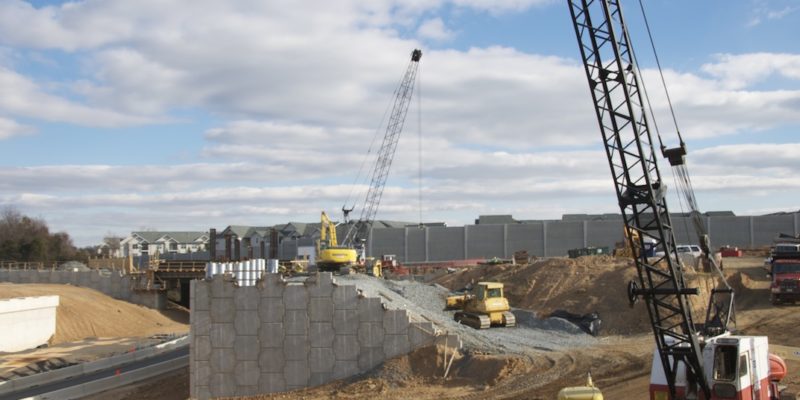Andrew Steele
Sep 3, 2017
As companies strive to increase profits amid a changing economy and consumer habits, the discussion often centers on challenges posed by the “gig economy” and its impact on work and employment.
Upstart companies like the Uber ride-sharing service tend to be the focus of concern; recent reports of such companies’ drivers speaking out against perceived company efforts to trim their pay bear this out.
But the growing use of short-term contracts in industries such as construction is threatening traditional employment in a way some say has reached a critical phase.
The fight is over what’s commonly called “employee misclassification” – or payroll fraud, in the view of unions and contractors. It involves an employer hiring workers as freelancing contractors who should be full-time employees, thereby allowing the employer to avoid paying payroll taxes, and worker’s compensation and unemployment insurance premiums, among other costs.
“It’s a problem that’s been around for many decades,” said Dewey Pearman, executive director of the Construction Advancement Foundation of Northwest Indiana. “But it’s becoming epidemic.”
Officials with the Indiana/Kentucky/Ohio Regional Council of Carpenters visit job sites frequently to talk to carpenters, said Scott Cooley, senior representative at the union’s local headquarters. He said he often talks to contract workers who he believes should be formal employees.
“We run into it all the time,” Cooley said. “It’s just a regular occurrence.”
Some workers in question receive a federal 1099 form at the end of the year, but others aren’t reported at all, and are just paid cash for their work.
‘No magic’ in defining employment
Classifying employees properly isn’t an exact science. It involves several variables, including the degree of company control over the employee; the financial arrangement, including who provides tools and supplies; whether there are benefits such as a pension and insurance; and whether work performed is a key component of the business’ activity.
The Internal Revenue Service lists 20 factors to consider, and states in its guidance on the matter that “there is no ‘magic’ or set number of factors that ‘makes’ the worker an employee or an independent contractor.”
But contractors and the carpenters’ union say some building projects are rife with contract workers who clearly are misclassified: their hours and duties are assigned by their employer, their tools and supplies are provided, and their work is a core function of the company – all factors that generally make one an employee, not a contract worker, in the eyes of the law.











